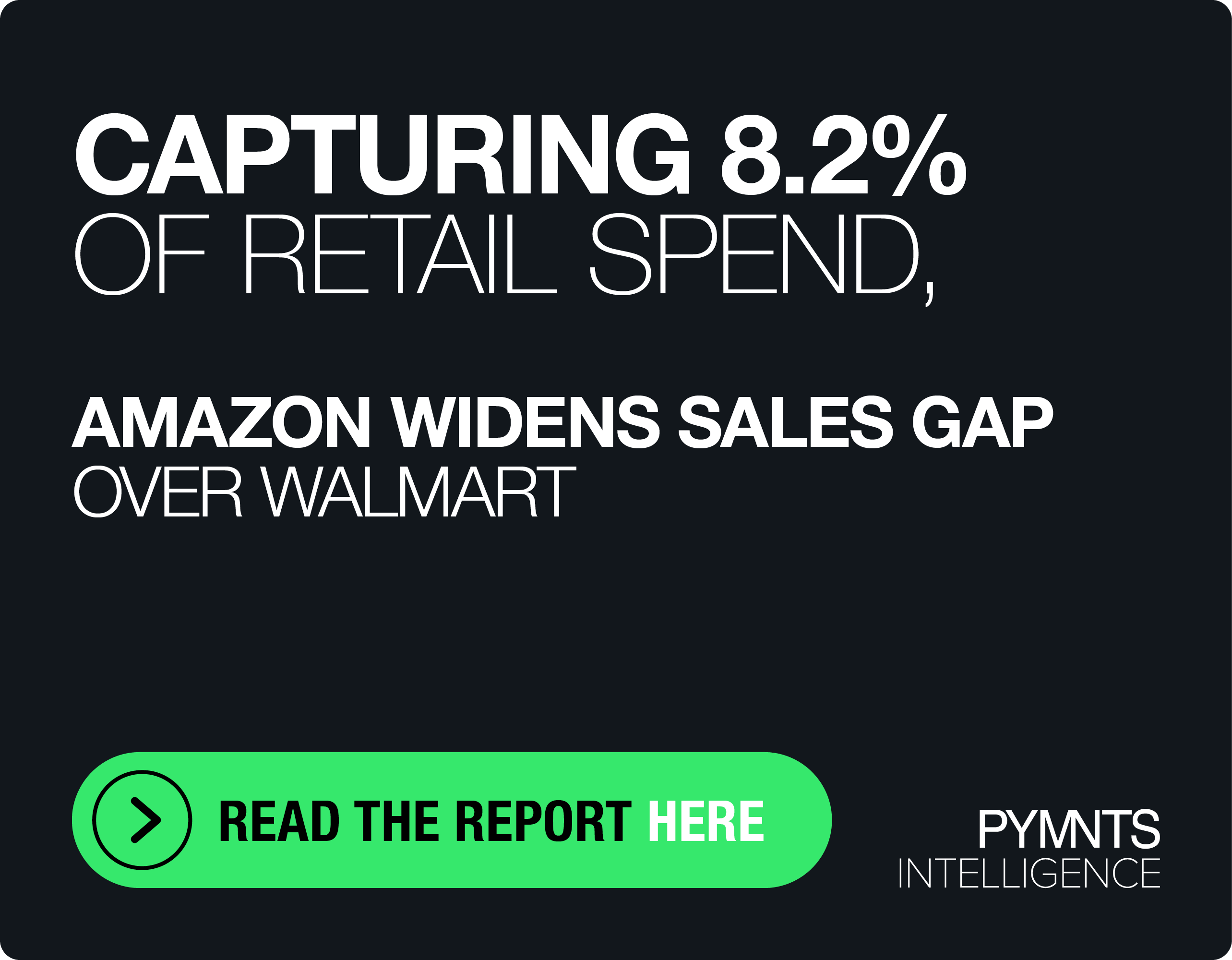Treasury Departments’ Data Strategy For Future-Proofing The Enterprise

Corporate treasurers have their work cut out for them like never before.
In addition to steering their organizations through the murky and rocky waters of an economic downturn, treasury departments are securing a place at the decision-makers’ table to offer higher-level guidance. As companies adjust their business models and prioritize risk mitigation, the corporate treasury offers a valuable, forward-looking view into financial futures.
These elevated responsibilities are driven by data — yet even amid the pressure to digitize, many businesses continue to rely on manual processes, creating silos that blind the enterprises from understanding cash positions today and tomorrow.
“The world’s pace of change is accelerating, and real-time access to financial data and key metrics is paramount to navigate going forward,” said Brett Turner, CEO of treasury management technology firm Trovata. “Some may say, ‘data is the next oil,’ but it can’t be if the company doesn’t have the platform to optimize its use.”
Speaking with PYMNTS, Turner described the biggest challenges and opportunities that today’s corporate treasurers face as expectations for the profession continue to climb.
The Data Deluge
While paper has emerged as the notorious roadblock to corporates’ efforts to achieve deeper insights, as digitization efforts progress, the modern hurdle to achieving visibility can actually be the data that is so vital to decision-making today.
For the corporate treasurer, Turner said this pain point is acute.
“One of the biggest cash flow management challenges treasurers face today is the time it takes to get to actionable intelligence,” he said. “The process to get all of your company’s bank and relevant financial data is manual and time-consuming.”
Data aggregation is only the first step. After collecting the information, Turner noted that treasury and finance teams are then tasked with spending valuable time and effort to transform the data into something that can be understood — “normalizing it so it can be used, managed and analyzed within the various models, pivot tables and BI [business intelligence] tools that drive the team’s cash reporting,” he explained.
This is the “heavy lifting” that can overwhelm these professionals, Turner added. And while the enterprise has troves of sources of data from which to collect — from their various bank accounts to the growing number of platforms in operation — they lack the IT resources that can help them manage this information.
Seeking Investment Opportunities
Amid this data deluge, the corporate treasurer is stepping into a role that goes far beyond cash flow management, especially in such volatile times. That expansion of opportunity also calls for an expanded source from which to pull data — a need that can further exacerbate this particular pain point.
Wielding a treasury management platform that can loop into these various data sources is critical to overcoming this challenge and connecting treasurers to insights as quickly as possible. Trovata, for instance, recently announced an integration with ICD, a short-term investment platform, in a move that aims to “better incorporate data investment into [treasurers’] forecasts,” Turner said.
Corporates’ investment opportunities are shifting dramatically, however. That means achieving visibility into short-term investment data as well as other potential investment possibilities is critical to giving treasury teams a holistic view of the landscape and driving financial strategy.
“Treasurers will do what they do best: manage risk and balance liquidity and yield,” said Turner. “Unfortunately, the opportunity for yield is back to being almost nonexistent, so increasing the company’s liquidity to support the business’ accelerated need to invest in [technology] for more data-driven distribution and delivery is becoming more of a focus.”
Data can identify merger and acquisition opportunities, for example, which may be key to helping organizations achieve their financial goals in a low-yield environment. But businesses will struggle to pinpoint these opportunities unless they can not only access data from more sources, but actually make use of it in an accelerated fashion.
Moving forward, enterprises will be faced with tough decisions, yet the opportunities haven’t dried up. With data such an imperative tool for the treasury department to future-proof the business, said Turner, organizations must also future-proof their data strategies through technological investments.
“This way, treasurers are rarely caught off guard — and when they are, they can decisively manage difficult situations with speed, agility and confidence,” said Turner.
